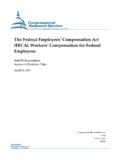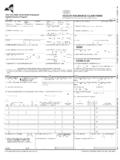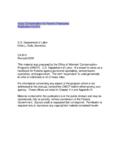Transcription of PLYWOOD STANDARDS EN 636 EN 314 - Tradewood
1 Tradewood 2008 Recently, there have been some fundamental changes in the terminology used when specifying PLYWOOD . There are two STANDARDS , one looks specifically at the wood species and one at the glue line as to how the PLYWOOD performs, the two should be considered together. WOOD SPECIESIn terms of the use of PLYWOOD products in the construction sector, the uniform standard for wood based panels, EN 13986, requires that PLYWOOD species must comply with one of the three performance classes within EN 636, and we as a supplier must provide evidence to substantiate three classes; EN 636-1, EN 636-2, EN 636-3, are based upon moisture resistance as follows: Class 1 : PLYWOOD will not break up in interior conditionsEnd use: warm roofs, intermediate floors, timber frame internal and partition walls Class 2 : PLYWOOD will not break up in humid conditions or if to be used externally.
2 PLYWOOD should be treated or coveredEnd use: cold roofs, ground floors and timber frame external walls Class 3 : PLYWOOD will not break up in exterior weather conditionsEnd use: fully exposed service conditionsBONDING / GLUEC hanges to the bond quality classifications of PLYWOOD have also been altered. Bonding quality is now divided into three classes also, according to EN 314-1, EN 314-2, EN 314-3, based upon moisture resistance as follows: Class 1 : Dry Conditions Appropriate for normal interior climate. Replacing MR PLYWOOD Class 2 : Humid Conditions Appropriate for protected external applications, it is capable of resisting weather exposure for short periods of time. Also suitable for inte rior situations where moisture condition raised above the class 1 level. Replacing Type 1 Class 3 : Exterior Conditions Capable of withstanding exposure to weathering conditions and liquid water over sustained periods of time.
3 Replacing WBP (Weather and Boil Proof) PLYWOOD STANDARDS EN 636 EN 314005






